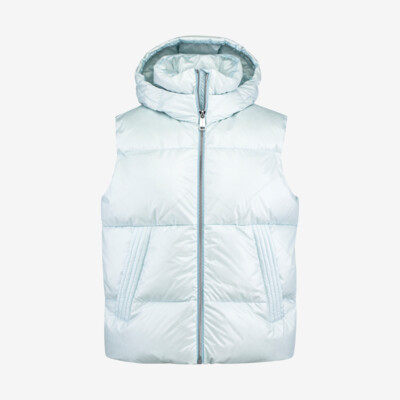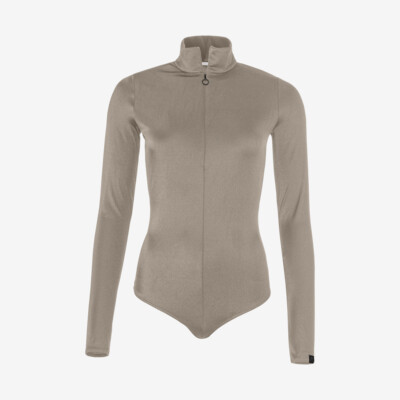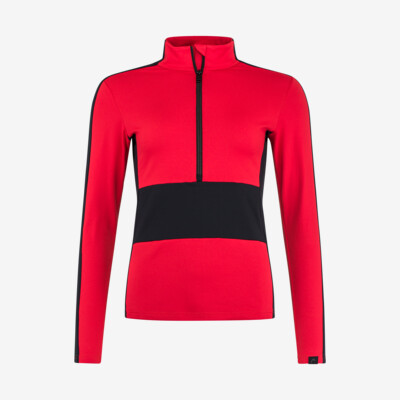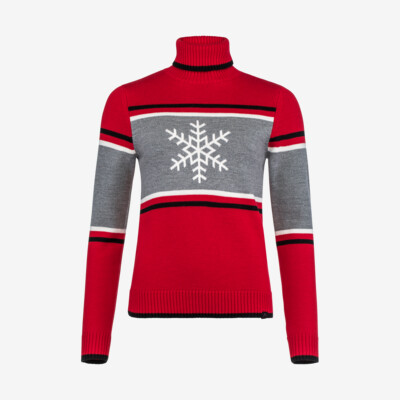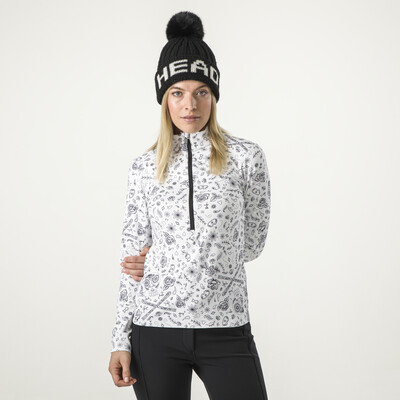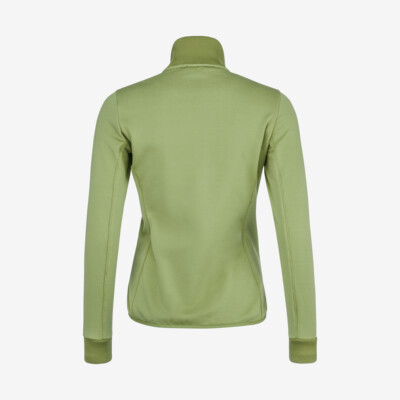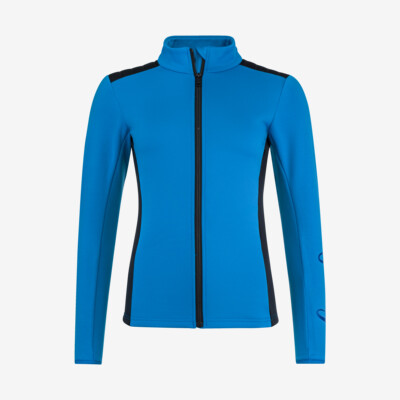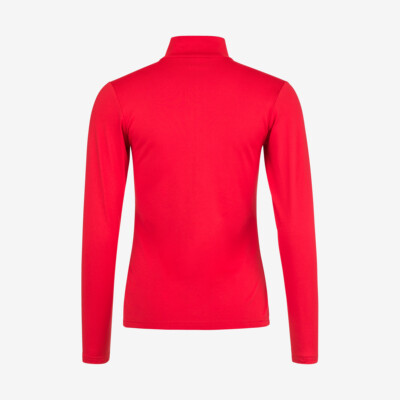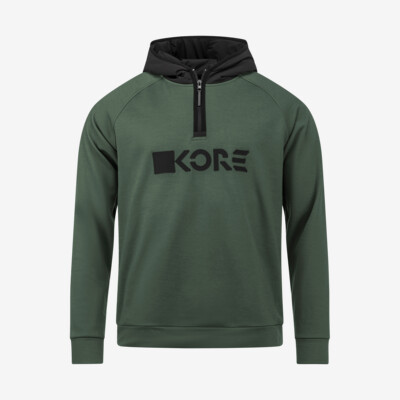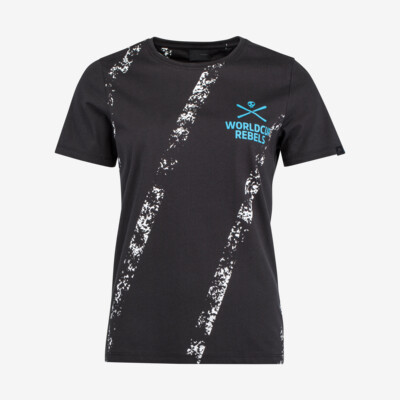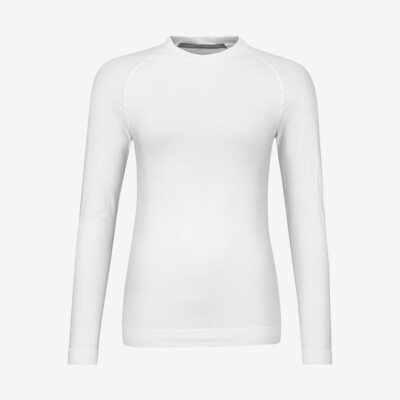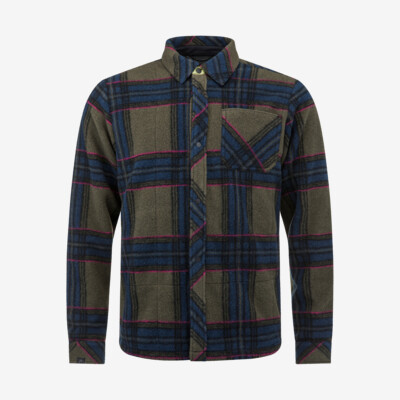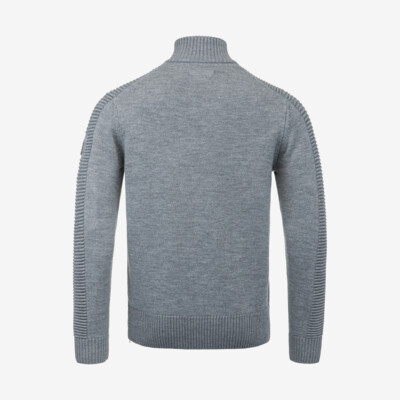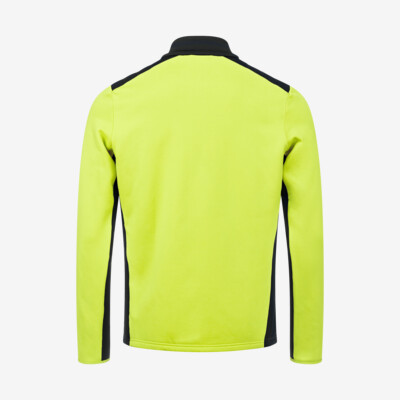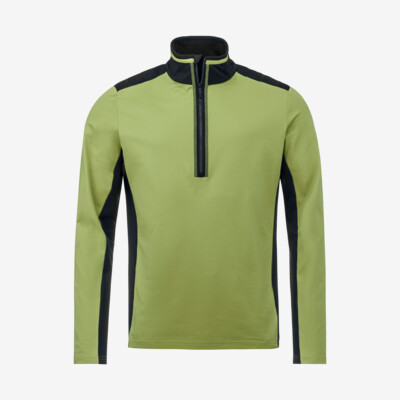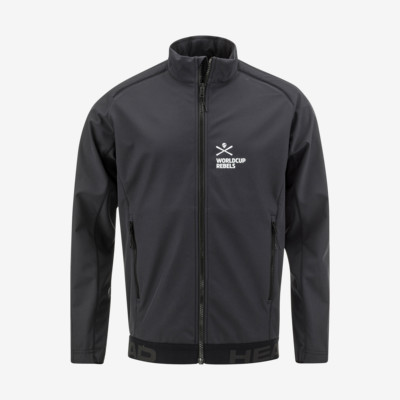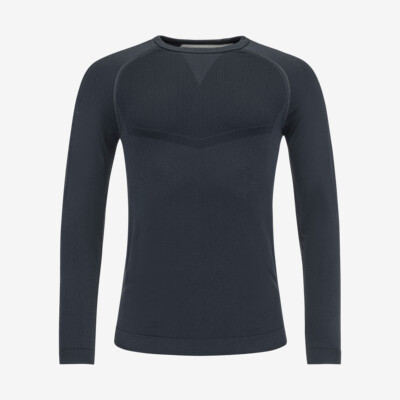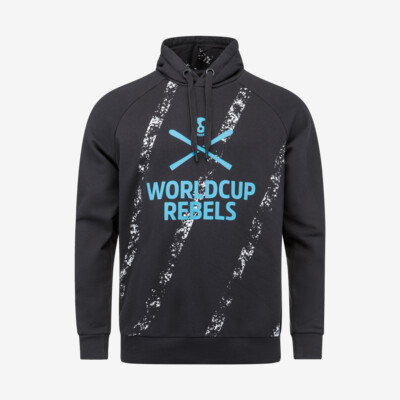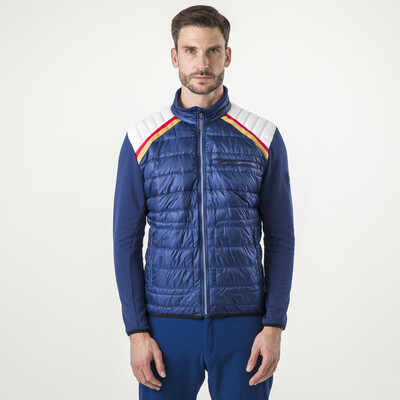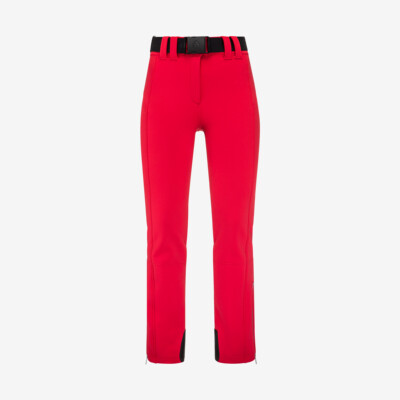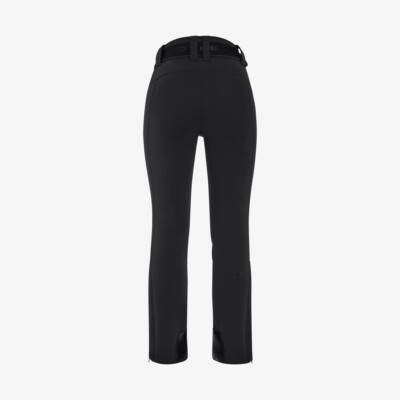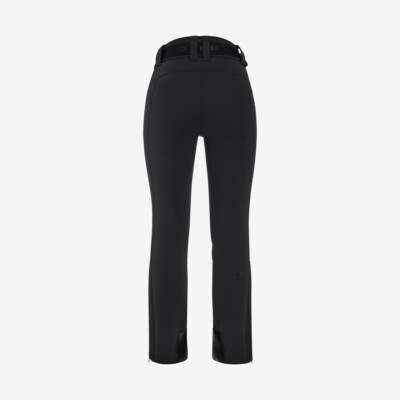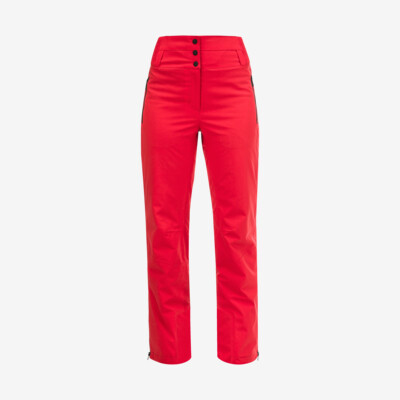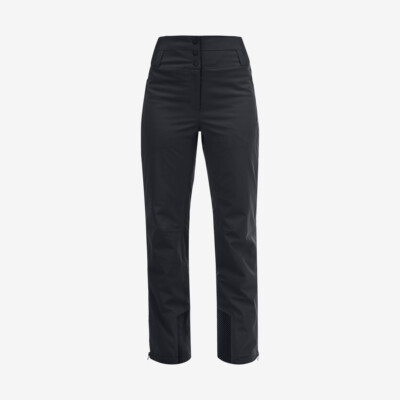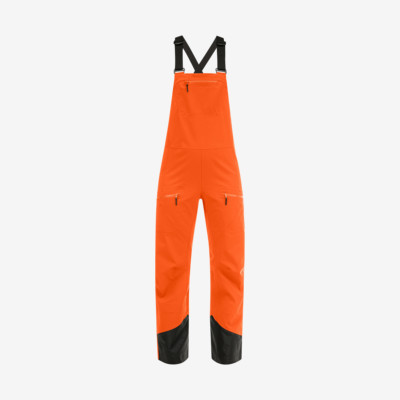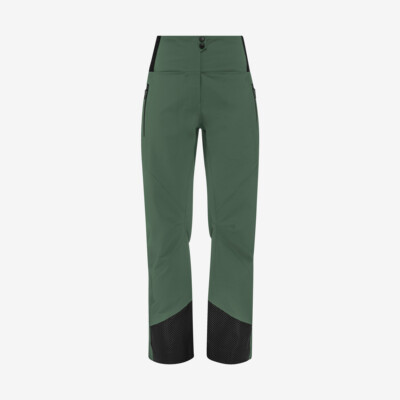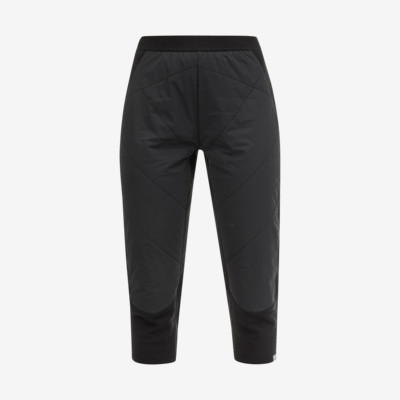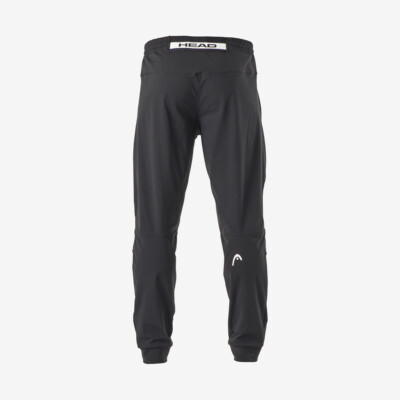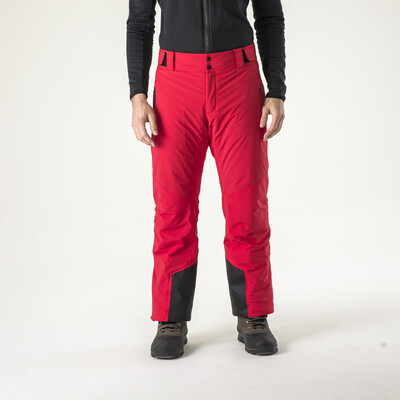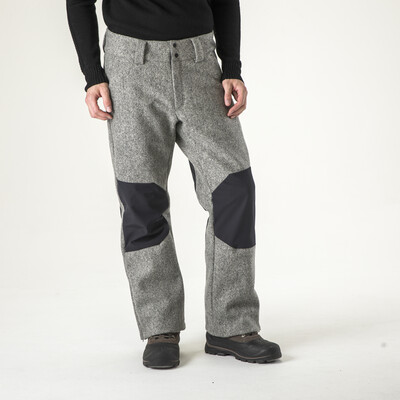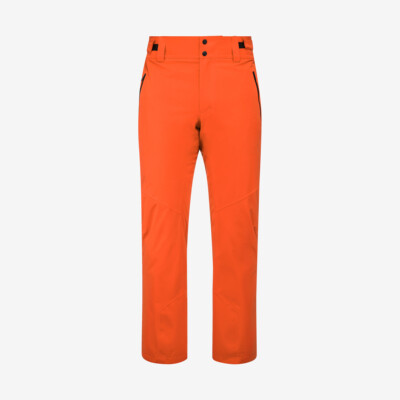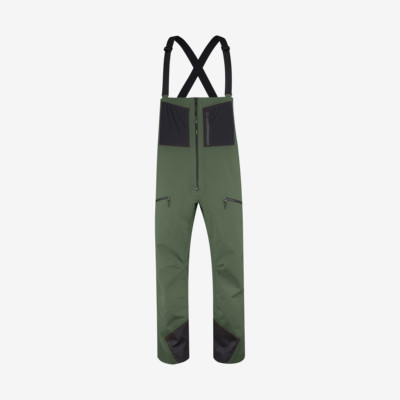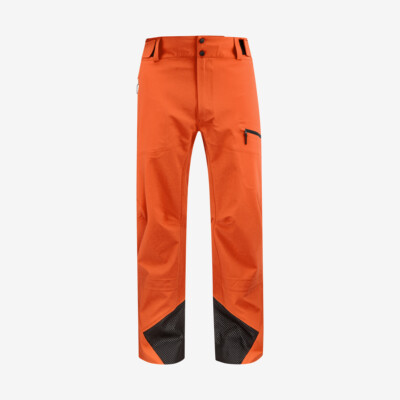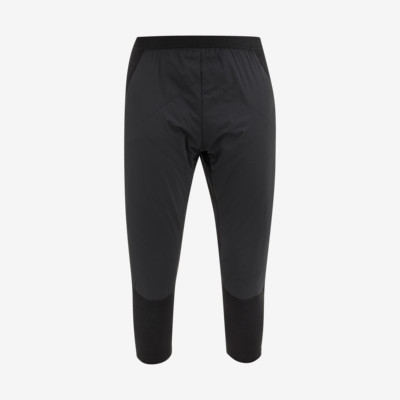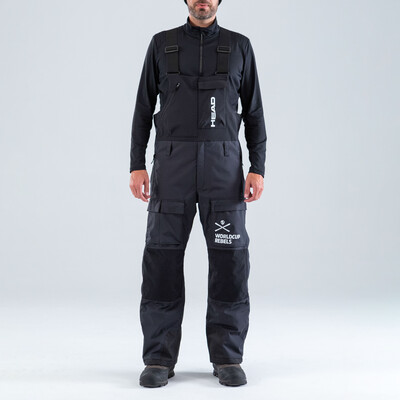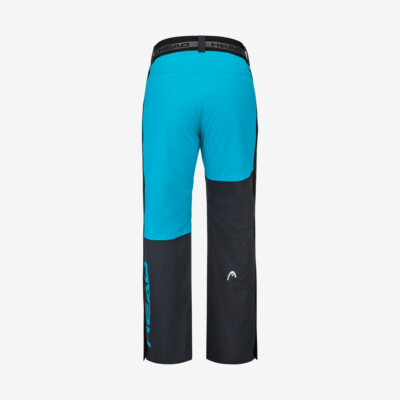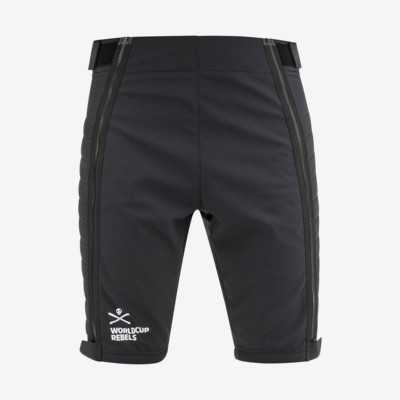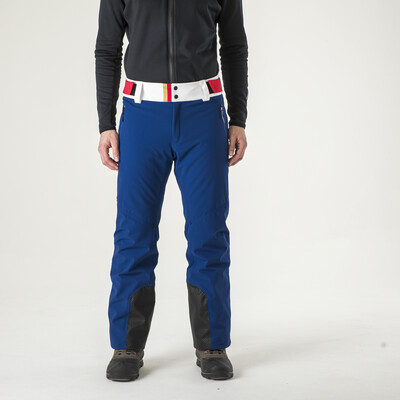
What to wear for skiing and snowboarding
A guide to staying warm, dry, comfortable and happy in the mountains.
In the mountains, knowing how to get dressed is as important a skill as the ability to turn or stop. Quite simply, what you wear will often determine whether you have fun on the slopes or not.
If you become cold, wet and uncomfortable, you certainly won't have a good time in the snow. Here's a guide to dressing well for skiing and snowboarding, with advice on layering, what to wear and what not to wear. Plus why one of the most important decisions you are going to make is which socks you pull on.
Layering
Whether you're a skier or a snowboarder, you should be building your outfit in layers. You'll find this is the best way of staying warm and comfortable, and also allows you to easily modify your outfit as the conditions change, as they often do.


Your outfit will usually have three layers: the base later, the mid layer and the shell.
Base Layer
Even when it's very cold in the mountains, you're still going to be sweating. That's why it's important that your base layer - which is what you wear next to your skin, including underwear and long-sleeved tops - wicks away any moisture.
Otherwise, you can become very cold very quickly. We recommend not wearing base layers made of cotton as they don't wick away the sweat.
You should be looking for pieces - from long johns to tights to tops - that are made from synthetic materials or wool, and which will wick away the moisture and leave you feeling comfortable all day. While some skiers and snowboarders like to wear underwear, as they feel as though it improves their comfort, others prefer not to; it's a personal choice.
Mid layer
The mid layer is there is insulate you from the cold and keep you warm. Depending on the conditions, you can switch from a thinner mid layer to something warmer. There's also the option, on very warm days, of not wearing a mid layer at all.
Some people prefer mid layers made with down while others like synthetic insulation. What you don't want to do is pick something so bulky that you can hardly get your jacket on or everything feels so tight that you can’t move freely.
Some people prefer mid layers made with down while others like synthetic insulation. What you don't want to do is pick something so bulky that you can hardly get your jacket on or everything feels so tight that you can’t move freely.
The Shell
To keep the snow and the rain out, choose a waterproof jacket and pants or bibs. You also want a shell layer that stops you from feeling icy blasts of wind. At the same time, your shell layer should be breathable, helping the base layer to wick the sweat away from your skin, and enhancing your comfort, while it should also be padded with insulation to keep you warm.
You might prefer bibs over pants, as bibs tend to offer a little extra warmth and comfort, and stay up more easily, but it's easier to go to the bathroom with pants.
You can wear ski clothing when snowboarding and also snowboarding gear when skiing as either should offer the waterproof protection, breathability and insulation you require. It comes down to your personal style and whether you prefer skiing's sleeker silhouettes or snowboarding's looser, more relaxed fit.
Socks
Whatever you do, don't go big and bulky with your socks. Wearing large socks can restrict your circulation, which will make your feet colder, and will probably reduce your comfort when wearing boots. You want thin socks that enhance your circulation and are also made with materials that will wick the sweat away from your skin, which will help you to stay warm and comfortable.
Gloves or Mittens
To avoid cold hands, look for gloves and mittens that are waterproof and insulated. There's a decision to be made – and this could depend on how cold it is that day – about whether you choose gloves and mittens. While it's easier to use your hands when wearing gloves, mittens are often warmer.
Helmets, Hats and Face Masks
We recommend you always wear a helmet when you're on the slopes as it will help to protect you from a head injury in the event of a crash. As most ski and snowboard helmets are light and comfortable, you shouldn't feel as though wearing one restricts you in any way. or extra warmth, you could wear a thin hat underneath the helmet, or opt for a face mask.
Goggles or Sunglasses
For your safety and enjoyment, you obviously need to be able to see as well as possible. Even when it's sunny, you can often be better off wearing goggles rather than sunglasses because of the way they protect your face and eyes from the sun and wind. And when it’s snowing, always opt for goggles. When buying new goggles, ensure they are a good fit with your helmet and face shape.
What to wear when it's extremely cold
When the temperature dips, you could wear two mid layers beneath your shell. One of the most effective ways of staying warm is wearing a face mask. If you're skiing somewhere for the first time, it can help to research the conditions before you go as then you will know what to take with you to make sure you feel good and have fun.
What to wear on warm days
When it's very warm, you won't need your mid layer - you can hit the slopes in just a base layer and the shell. Some days you might even feel as though you don't even need your jacket. Whatever the temperature, we suggest always keeping your gloves or mittens on, as they offer some protection.













